Bloodstains are one of the most persistent. Beside classic mattress cleaning you can do (or maybe take it to the professional cleaning?), you can try some of the solutions we are sure you can obtain very easily. Here is how to get blood out of a mattress as well as out of a pillow and sheets.
If you have visible stains on the mattress, pillow or sheet, it is best to remove them immediately after they occur. Since they are usually made of protein, do not remove them in any way with hot water, it will only fix them to the substrate.
Soak a cloth in cold water and tap the stain, never rub in a circle. This will rub the particles into the fibers of the material. If the stains are stubborn and difficult to remove, make a mixture that helps in these situations
For these purposes, you will benefit from cleaning supplies such as baking soda, detergent, vinegar, etc.
What cleaning supplies will you need?
There are several useful ways to remove all types of stains and dirt from the mattress. Unfortunately, you can't just take the cover off the mattress and just wash it. It is definitely necessary to do that, but it is also necessary to dedicate yourself to removing persistent stains, such as blood stains. So, whether you cut yourself while shaving or had unexpected nosebleeds, blood stains can threaten to ruin your mattress.
It is important to know how to remove blood stains as soon as possible before they dry. It is also important to repeat the process if necessary, because sometimes the stain will not go away so easily no matter how aggressive an approach you use. That is why it is important to choose the means that will do this job well, and the thing will be even easier if the blood stain is relatively fresh.
- Cold water
- Baking soda
- Salt
- Corn starch
- Hydrogen peroxide
- Meat tenderizer
- White damp cloth/towel
- Cleaning gloves.
How to get blood out of a mattress using baking soda?
Baking soda method is super easy. Sprinkle it on the surface of the mattress, leave it to act for as long as possible. This will neutralize unwanted odors and prevent some microorganisms from spreading. Either way, you can mix one part baking soda with two parts cold water. After that, the mixture should be applied to the mattress with a cloth.
Baking soda should generally stand for about 30 minutes before being removed from the mattress, and this is done by rinsing with another cloth or towel. The technique of trampling, not rubbing, is also used. After that, it is necessary to dry the place with a clean cloth and let it dry naturally in the air with an open window or fan.
So, sometimes it is not as easy to get rid of a stubborn stain as a blood stain. Especially if the stain has affected a larger area and if the blood has dried out. Then you may have to repeat the process several times or use this combination. Salt, cornstarch and hydrogen peroxide are the most effective mixtures used for this purpose. Of course, you can also use hydrogen peroxide on its own, but the mattress will only absorb it and you will create unnecessary moisture.
Instead, first mix all the ingredients to create a stain removing paste. Use a spoon to apply the paste on the affected area, and when the paste dries, simply remove it by scraping and vacuuming. Then start dabbing with a clean cloth. To remove the remnants of the stain, use one tablespoon of ammonia with one cup of water, which you will apply to the stain.
How to get blood out of a memory foam mattress using a meat tenderizer?
Meat tenderizer works on a very simple principle. So, you will use it if you want to make your meat even tastier by using it to break down proteins to tenderize. Since proteins in the blood are responsible for the formation of stubborn stains, this product is an appropriate cleanser for this purpose. You need to apply the product on the stain, cover it and leave it to stand for one hour. After that, the moisture is soaked with a dry towel, and you can use a vacuum cleaner for the rest of the stains. Finally, make sure you remove the hydrogen peroxide and ammonia residues so as not to damage the mattress.
How to remove blood out of a pillow?
Although blood stains originally formed on your mattress, they can easily end up on other parts of the bedding. That is why it is useful to know how to remove blood stains from them as well. Of course, you can easily replace dirty pillows with new ones, but other parts of the bedding can be quite expensive and unnecessary to replace. Especially if there is an almost imperceptible or very small stain of blood. In this case, you can use several commonly used strategies.
This refers to the use of products that most people already have in their household, such as hydrogen peroxide, laundry detergent, etc. Always be careful when dealing with something that has to do with blood. If it is someone else's blood, you risk getting blood-borne diseases and therefore avoid touching other people's blood with your bare hands. Always wash your hands thoroughly with hot water and soap after touching the blood. Also, make sure you know which types of pillows you can wash.
Hydrogen peroxide is a well-known cleanser and is also effective in removing blood stains. Be sure to wash the fabric carefully after use. Dip a cloth with a little hydrogen peroxide, then dab it directly on the stain, and rinse well under water. Then put it in the washing machine normally, as you would otherwise.
This technique should work best on white or light material, because hydrogen peroxide could fade the color from the pillow. You can also place a cloth on the work surface and pour hydrogen peroxide directly on the blood stain. A 3% solution is usually sufficient. It only takes a few minutes for the chemical to react to the blood stain and break it down. Wash the pillowcase, as usual, in cold water.
Choose the detergent you need based on the type of fabric. Remember to follow the manufacturer's instructions on the labels. Cleaning blood stains is relatively easy if the blood is fresh. The first thing you need to do is rinse the stain with cold water. This will remove most of the stain.
Pay attention to the water temperature, because it is not recommended to use a hot spot. It will cause the stain to soak into the bedding. After that, use a small amount of detergent and leave it to act for 5 minutes, then wash the fabric and check if the stain is gone.
How to remove blood out of sheets?
Bloodstains are permanent if they stick to the fabric. It is extremely important to remove them before the stained piece of fabric is washed and dried. In that case, the home remedies you have at home can be as effective as the ones you buy. You also need to soak the stain in cold water as soon as possible. This way you will be able to wash off most of the stain if the blood stain is fresh.
However, you can also wipe it off with hydrogen peroxide or rub it with soap and grate it by hand in cold water. There are several other ways that have proven effective in situations like this. For example, it is salt that you can apply directly to the bedding or mix it with cold water. Shampoo, white vinegar and Coca Cola can be equally effective choices when it comes to removing blood stains.
Salt water
To get an effective blood stain remover, you need to mix one teaspoon of salt with one cup of cold water. After that, the stain should be wetted. In that case, we recommend using a clean towel that you have previously moistened with water. When you do that, let the surface stand in that state for about 10 minutes.
After that, you can freely wash the bedding with cold water. You can also opt for a slightly different approach. For example, you can soak sheets in a large basin of salt water. Bedding should stand in water for a couple of hours before spot-cleaning.
Salt & dish
The use of salt is a very effective method of removing blood stains. Because salt is a natural element, it does not damage the material, such as discoloration. Fill a sink or bucket with cold water. Place the pillowcase so that it is completely saturated. Hold areas of the pillow near the blood stain with each hand and rub against each other to ease the blood.
Place the pillowcase on the workspace. Apply with a blood stain, and let it stand for about 20 minutes. Rinse the fabric with cold running water. This usually removes a lot, if not all, of the blood from the tissue.
Shampoo
Whether you cut yourself while shaving or had unexpected nosebleeds, blood stains can completely ruin your bedding. Pour a small tablespoon of shampoo over the stain. Hold areas of the pillow near the blood stain with each hand and rub against each other to ease the blood. Rinse the fabric with cold running water. When the blood stain is completely gone, wash the surface with cold water.
Then put it in the washing machine and wash it as always. This procedure works especially well with bedding made of cotton material. However, it is not recommended to experiment with bamboo sheets, linen sheets, or silk sheets.
Another method for removing blood stains from fabrics is white vinegar. With this you will not need expensive cleaning and washing products. Instead, remove with natural remedies that do not contain harmful ingredients. Wine vinegar also has strong antibacterial properties, so it has long been used as a folk remedy for diseases and injuries. It is also known for its anti-inflammatory or antiseptic effect. It was also used as a means of disinfection, rinsing wounds.
Either way, combine three parts white vinegar and one part cold water. To remove the stain, use an old toothbrush and pour a little salt on the stained area. Then scrub the surface with light movements so as not to damage the fabric. After that soaking your sheets for a few hours.
Coca-Cola
In addition to its taste, Coca Cola can serve as a very good tool for removing stains from various surfaces. The reason is the large amounts of acid that this drink has. According to some tests, its acidity is extremely high, because its pH level is 2.5. Therefore, it can clean the traces of blood from clothes and other fabrics.
So, the carbonation and phosphoric acid in this drink can make all the blood stains from the bedding disappear forever. All you need to do is pour a can of drink directly on the stain and let it stand until the blood stain completely disappears. This usually lasts up to two hours depending on the persistence of the stain. After that, simply wash the bedding as you normally do.
Conclusion
For every method of cleaning, one thing is in common – letting the product to air dry well before using it again. Before we wrap up, we would like to note that you can protect your mattress even more if you get a mattress protector. The best mattress protectors will protect it from blood as well as other liquids, but also from accidental food spills that may leave stains on the top layer. Of course, a high quality enzyme cleaner is going to help you, but why not invest a bit in a mattress protector or even mattress topper get a bit more longer lifespan for your mattress?
Spread the word

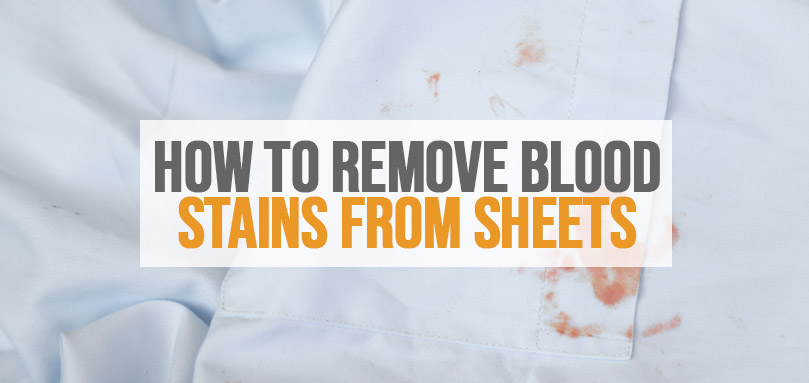
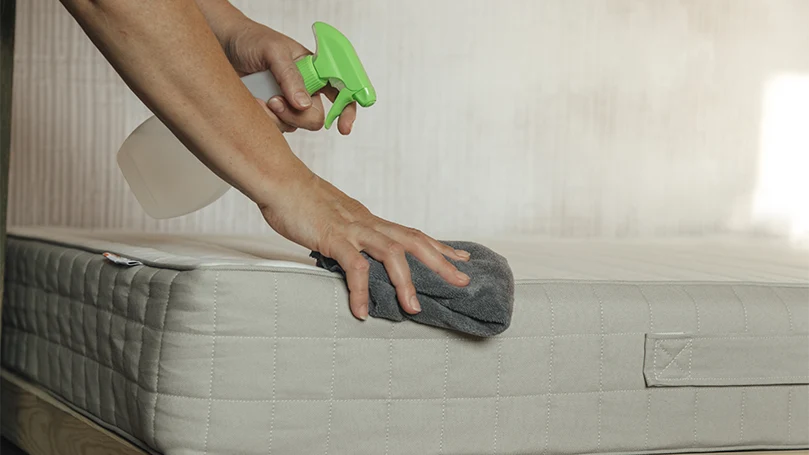
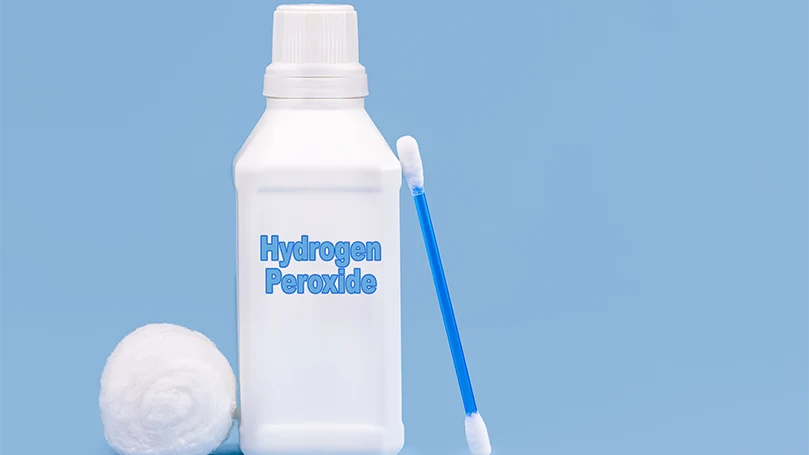
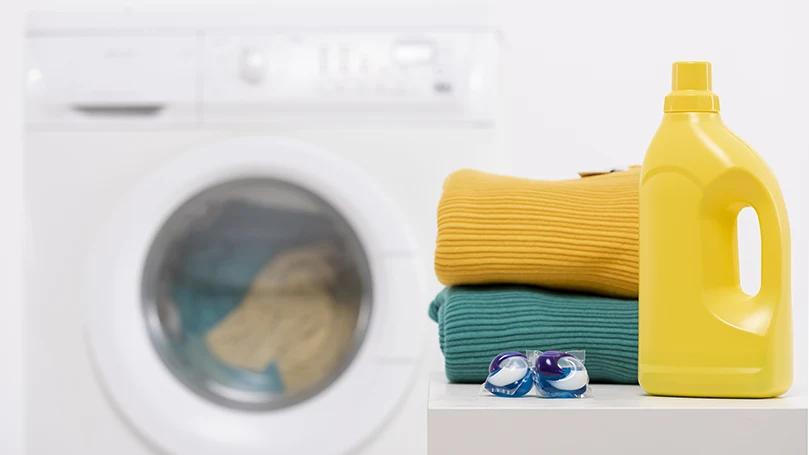
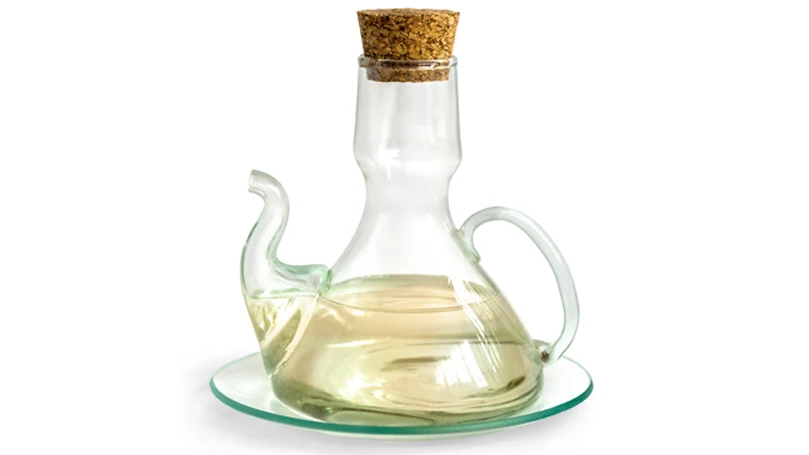
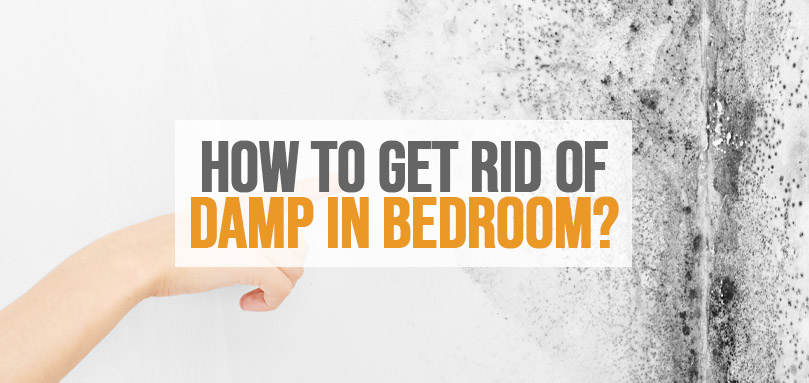


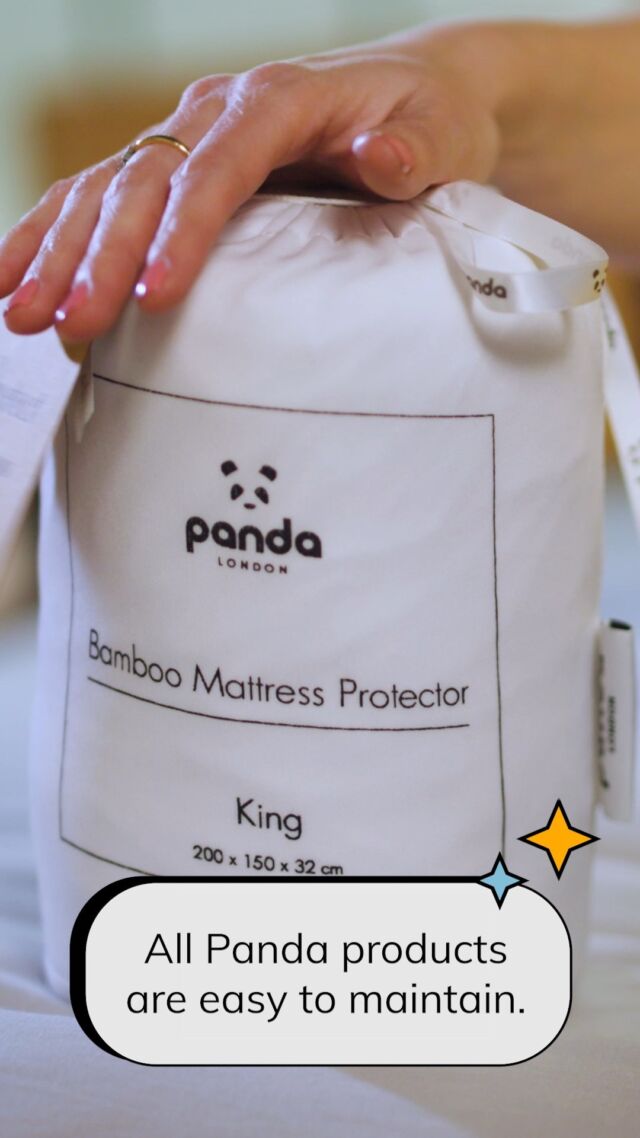











There are no comments yet
"*" indicates required fields